Advancements in Sonobuoy Technology
Technological innovations in sonobuoy systems are significantly influencing the sonobuoy launcher market. Recent developments have led to the creation of more sophisticated sonobuoys that offer enhanced detection capabilities and improved data transmission. For instance, the integration of advanced sensors and communication technologies has increased the effectiveness of sonobuoys in various operational scenarios. The US Navy is actively pursuing these advancements, with a projected investment of $500 million in research and development for next-generation sonobuoy systems by 2026. This focus on technological enhancement is expected to drive the demand for advanced sonobuoy launchers, as military forces seek to maintain a competitive edge in underwater surveillance.
Rising Demand for Maritime Security
The sonobuoy launcher market is experiencing a notable increase in demand driven by the heightened focus on maritime security. As geopolitical tensions escalate, nations are prioritizing the enhancement of their naval capabilities. This trend is particularly evident in the US, where the Department of Defense has allocated substantial budgets for anti-submarine warfare (ASW) systems. In 2025, the US military's investment in ASW technologies is projected to reach approximately $3 billion, reflecting a 15% increase from previous years. This growing emphasis on securing maritime borders and detecting underwater threats is likely to propel the sonobuoy launcher market forward, as these systems are integral to modern naval operations.
Growing Focus on Anti-Submarine Warfare
The sonobuoy launcher market is being propelled by an increasing emphasis on anti-submarine warfare (ASW) capabilities among military forces. The US Navy, in particular, is prioritizing ASW as a critical component of its maritime strategy. With the resurgence of submarine threats, the demand for effective ASW systems, including sonobuoy launchers, is on the rise. In 2025, the US military is expected to allocate over $2 billion specifically for ASW initiatives, which will likely include the procurement of advanced sonobuoy launchers. This strategic focus on ASW is indicative of the broader trends within the defense sector, where the need for enhanced underwater detection and engagement systems is becoming increasingly apparent.
Increased Collaboration with Defense Contractors
The sonobuoy launcher market is witnessing a surge in collaboration between military organizations and defense contractors. This trend is characterized by partnerships aimed at developing and enhancing sonobuoy systems to meet evolving operational requirements. In the US, major defense contractors are investing heavily in research and development to create innovative sonobuoy launchers that can operate in diverse environments. The collaboration between the US Navy and leading defense firms is expected to result in the introduction of new products and technologies, thereby expanding the market. By 2026, the market is projected to grow by 20% as a result of these strategic partnerships, which are essential for advancing the capabilities of sonobuoy launchers.
Emerging Applications in Environmental Monitoring
The sonobuoy launcher market is also being influenced by emerging applications in environmental monitoring. As awareness of marine ecosystems and their preservation grows, sonobuoys are increasingly being utilized for scientific research and environmental assessments. The US government has recognized the potential of sonobuoys in monitoring oceanographic conditions and marine life, leading to funding initiatives aimed at integrating these systems into environmental studies. In 2025, it is estimated that approximately $200 million will be allocated for projects utilizing sonobuoys for environmental monitoring purposes. This diversification of applications is likely to create new opportunities for the sonobuoy launcher market, as it expands beyond traditional military uses.


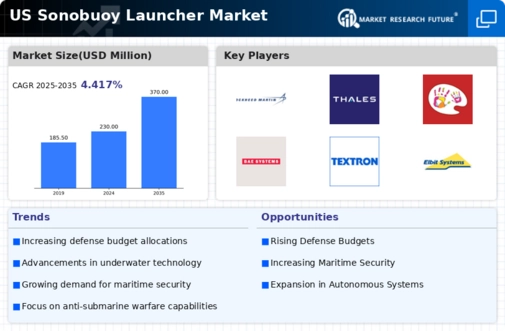
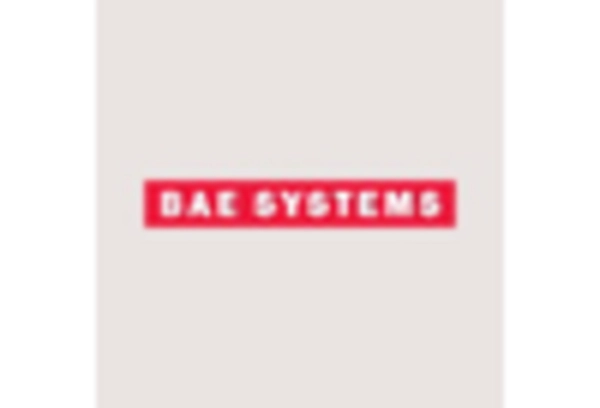

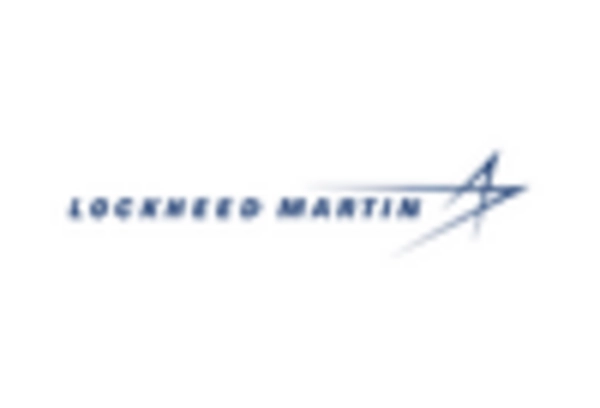
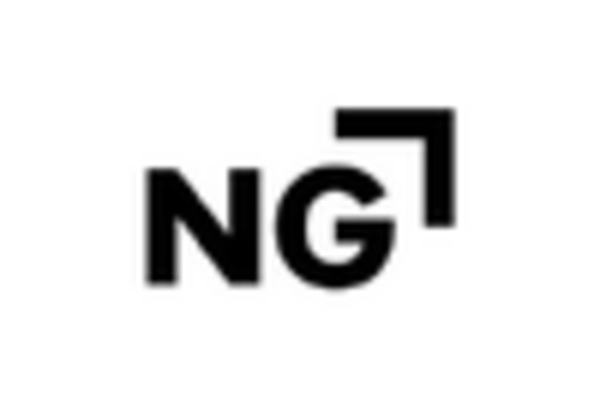
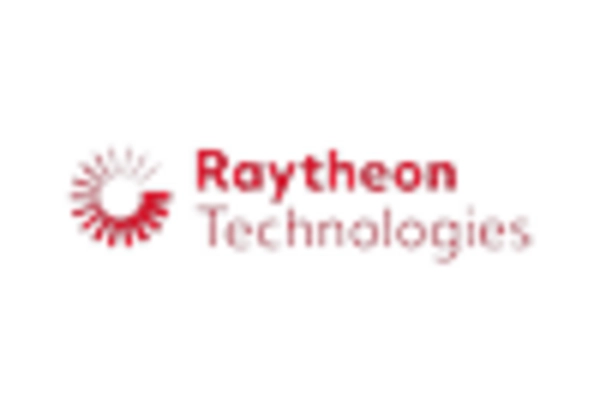
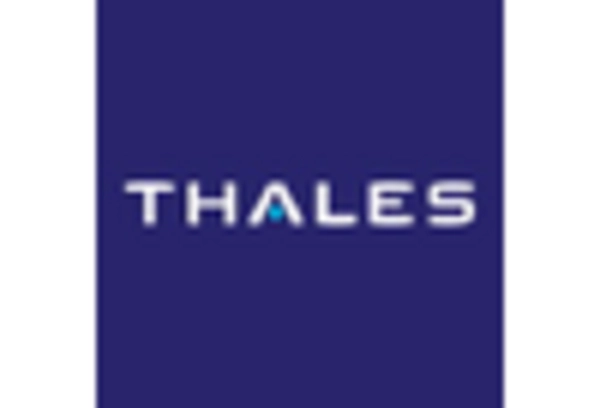








Leave a Comment